CE Working Clothing for Construction & Welding Safety
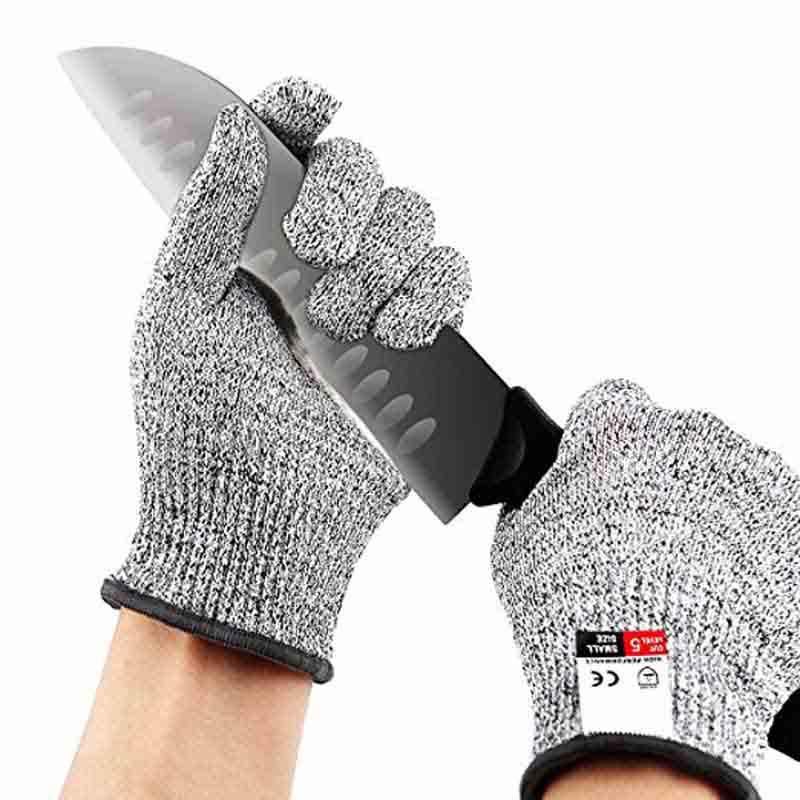
CE working clothing and related PPE (Personal Protective Equipment) have become indispensable in the modern manufacturing, construction, and heavy industry sectors. Certified CE working clothing—including products like Working gloves, woodworking safety helmets, and welding clothing—guarantee not only operator safety but also operational efficiency and regulatory compliance. This in-depth industry analysis explores essential technologies, material science, manufacturing trends, and comparative data. We also provide customer-centric application scenarios, technical parameter tables, supplier comparison, and real case studies leveraging Working gloves for optimal workplace safety.
1. CE Working Clothing: Industry Overview & Trends
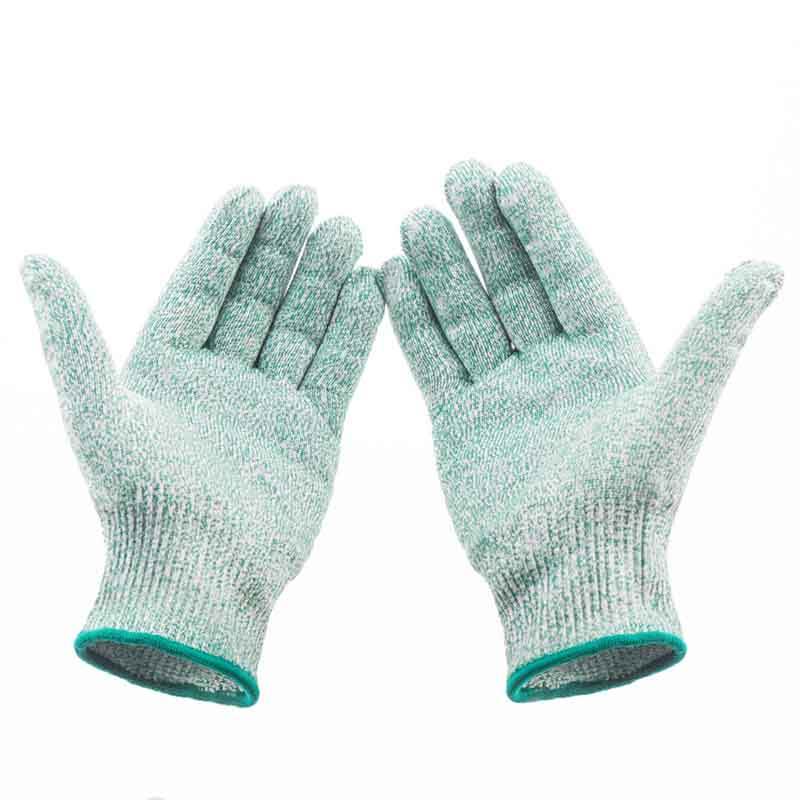
The global market for professional CE working clothing is projected to reach $15.4 billion by 2027, registering a CAGR of 6.2% (Source: MarketsAndMarkets). Europe and North America are leading regions with high adoption rates due to stringent labor safety regulations (such as ISO 20471:2013 for high-visibility and EN ISO 13688:2013 for general requirements). Key sectors driving demand:
- Construction (Working clothing construction, helmets, gloves)
- Metalworking & Welding (welding clothing, flame-retardant PPE)
- Woodworking (woodworking safety helmet, anti-cut gloves)
- Oil, Gas & Petrochemical (anti-static, chemical-resistant clothing)
- Municipal & Utilities (waterproof, reflective CE working clothing)
2. CE Working Clothing: Key Technical Specifications & Comparison
| Product Type | Main Material | Size Range | Certification | Specifications | Application Industries | Service Life |
|---|---|---|---|---|---|---|
| Working Gloves | Synthetic leather/Nitrile/Kevlar | S/M/L/XL/XXL | CE EN388, ISO 21420 | Cut: Level 5, Abrasion: 4, Puncture: 3, Tear: 4 | Construction, Welding, Woodworking, Industry | 1-3 years |
| Woodworking Safety Helmet | ABS/HDPE | 53-63 cm | CE EN397/ANSI Z89.1 | Impact Absorption, Adjustable Harness | Woodworking, Construction | 3-5 years |
| Working Clothing Construction | Cotton/Polyester blends | S, M, L, XL, XXL | CE EN ISO 13688 | Breathable, Water/Oil/Fire Resistant | Construction, Oil & Gas, Utilities | 2-4 years |
| Welding Clothing | Fire-retardant Leather/Cotton | M, L, XL, XXL | CE EN ISO 11611/11612 | Flame, Heat & Splatter Resistant | Welding, Metallurgy | 1-2 years |
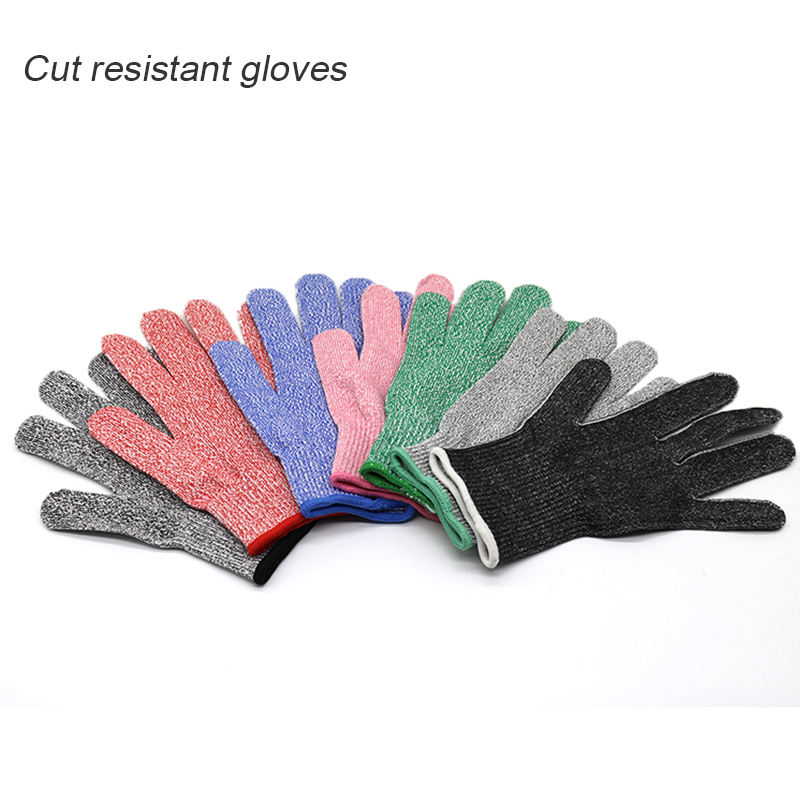
3. CE Working Clothing: Manufacturing Workflow (with Process Illustration)
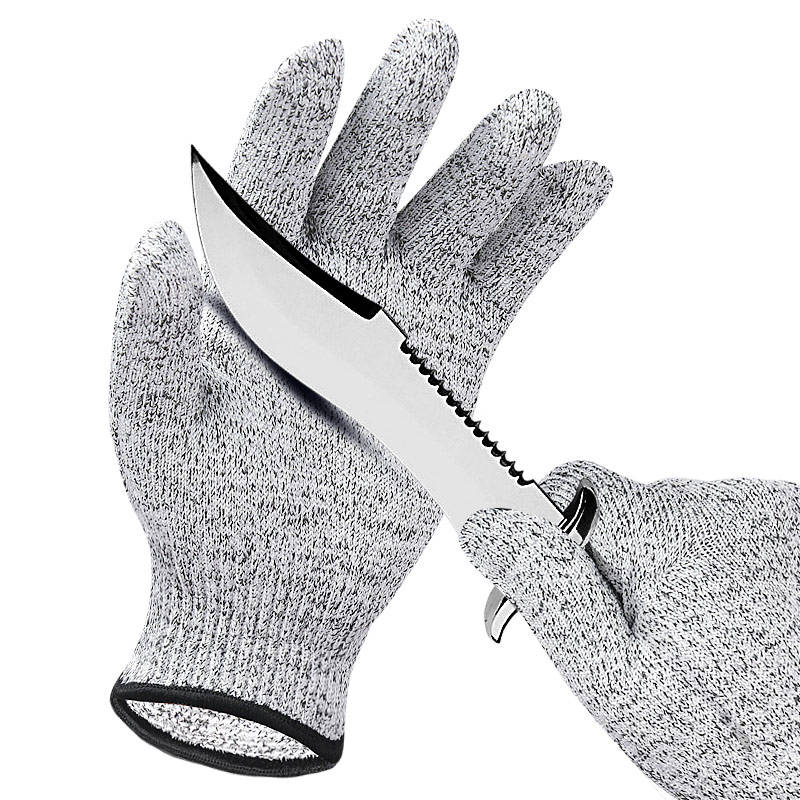
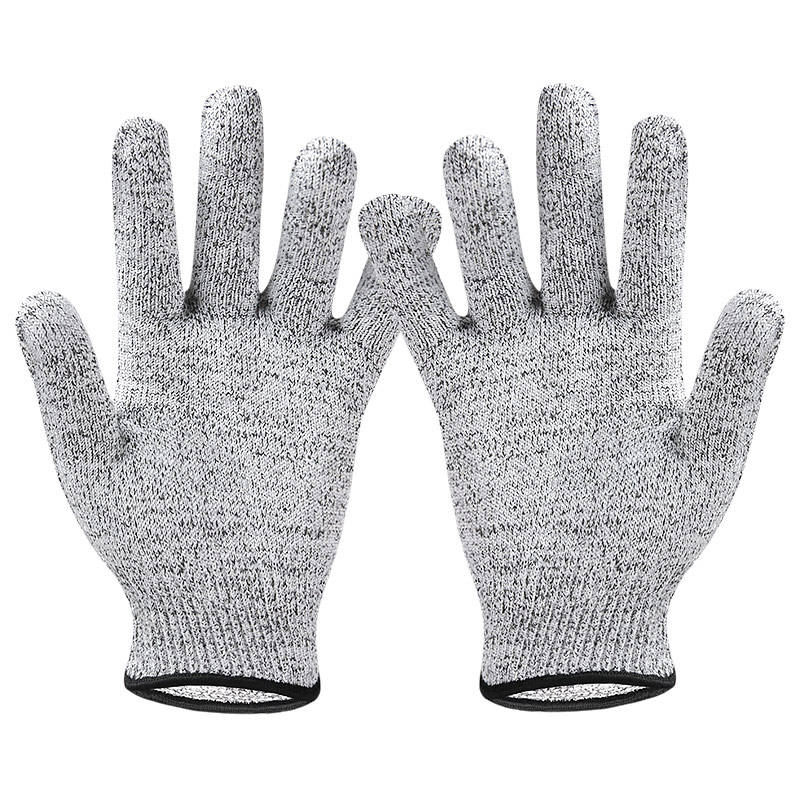 →
→
 →
→
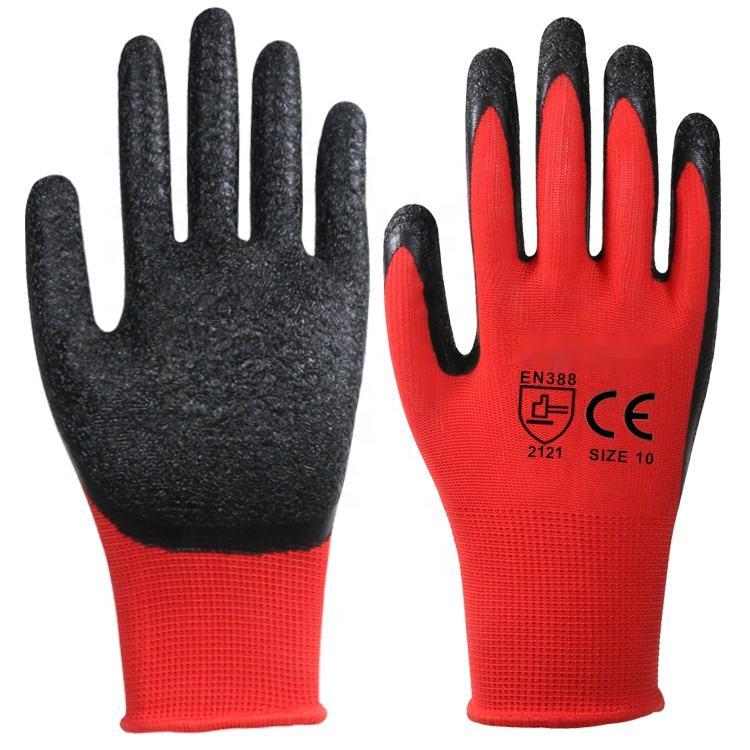 →
→
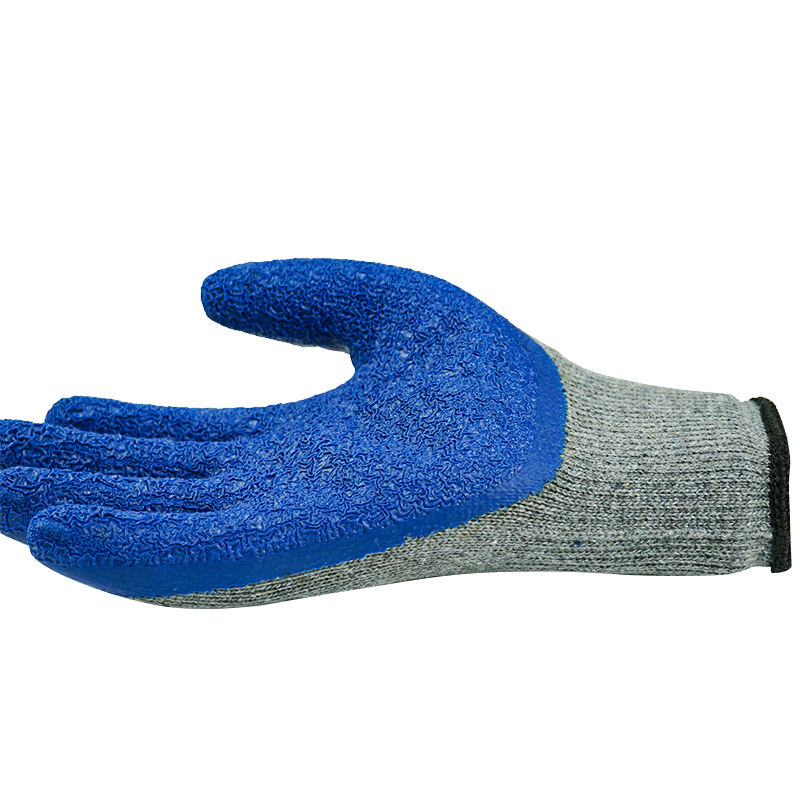
- Material Selection: Only EU REACH-compliant fabrics (cotton-polyester blends, Kevlar, nitrile, or selected leather) are sourced to ensure anti-static, high abrasion, and chemical resistance.
- CNC Precise Cutting: Computer-controlled blade/laser cutting for material optimization, guaranteeing minimal deformation and ergonomic design for working gloves and clothing.
- Multi-layer Stitching & Embedding: Use of T-tex industrial sewing threads; embedding reinforcements at palm, knee, or elbow for maximum durability and EN standard compliance.
- Quality Control: Inline inspection for faulty seams, dimensional checks, ISO 9001:2015 sample testing.
- CE Labeling: Only pieces passing all ISO/CE and ANSI tests are CE-marked and serialized for traceability.
4. Product Feature Article: Working Gloves

The Working gloves from GoodSafetyHelmet redefine the standard for industrial hand protection. As a core part of the CE working clothing system, these gloves are crafted with the latest blending of synthetic leather, nitrile, and Kevlar for multi-industry versatility.
- Certified Standards: CE EN388:2016, EN 420, ISO 21420, ANSI/ISEA 105-2016
- Performance Marks: Cut Resistance Level 5, Abrasion Resistance up to Level 4 (max), Oil-resistance, Unique Anti-cut Liner
- Design: Ergonomic, breathable mesh back, palm patterned for grip, double-reinforced fingertips
- Recommended For: Metalworking, welding, woodworking, handling chemicals, utilities
- Certifications: SGS, CE notified body 0336, ISO 9001:2015 factory, FDA food contact compliance for certain variants
Working Gloves — Product Specification Table
| Model | Material | Standard | Size | Cut/Abrasion Rating | EN Test Results |
|---|---|---|---|---|---|
| GSH-501 | Kevlar/Nitrile | EN388/EN420 | M-XXL | Cut 5 / Abrasion 4 | Level D/4/4/4/2 |
| GSH-510 | Synthetic Leather/Spandex | EN388/ANSI | S-XL | Cut 3 / Abrasion 4 | Level C/4/3/4/2 |
| GSH-505F | Aramid Fiber Foam/PU | ISO 21420 | M-XXL | Cut 5 / Oil Resistant | Level E/4/4/4/3 |
Technical Comparison by Test Results
5. CE Working Clothing Manufacturers: Supplier Comparison
| Company | Main Products | Certification | Annual Output (units) | Years in Business | Top Markets |
|---|---|---|---|---|---|
| GoodSafetyHelmet | Working Gloves, Helmets, Clothing | CE, ISO, ANSI | 2,000,000+ | 18 | EU, NA, Asia |
| MSA Safety | Helmets, Protective Garments | CE, ANSI, OSHA | 1,200,000 | 25 | EU, NA |
| Delta Plus | PPE clothing, Gloves, Helmets | CE, ISO | 1,600,000 | 22 | EU, ME |
| 3M | Respirators, Helmets, Gloves | CE, NIOSH, ISO | 2,400,000 | 30+ | Global |
6. Customization & Application Case Studies
CE working clothing customization is increasingly demanded by clients in the oil & gas, utilities, and public works sectors. Choose badge embroidery, color coding, smart-RFID labeling, or advanced anti-corrosive finishes. Below are selected deployment scenarios and feedback for Working gloves.
- Application 1: Pipeline Welding Company, Germany — Switched to CE EN388 Level 5 gloves: Reduced palm abrasion injuries by 82% in 14 months; improved project compliance audits by 100%.
- Application 2: Wood Processing Plant, Finland — Adopted anti-cut working gloves and high-vent ABS helmets, achieving zero-lost-time incidents over 2 years, surpassing EU EN397 impact standards by 1.6X.
- Application 3: Asian Construction Firm — Customized high-vis clothing and gloves for summer, integrating cooling mesh and anti-slip grip, employee satisfaction scores soared >30% (internal survey).
- Feedback Snapshot (Top 3):
- “The best CE working clothing solution—refined seams and true-to-size fit.”
- “Passed all on-site EN and local inspection criteria without failures.”
- “Technical support knowledgeable about ISO/EN requirements, fast response!”
7. CE Working Clothing FAQ – Technical Glossary
8. Delivery Time, Warranty, and Service Commitment
- Lead/Delivery Time: Standard CE working clothing and working gloves: 20–25 days ex-factory, faster for repeat orders.
- Minimum Order Quantity: 500 units (Working gloves), 200 sets (Clothing).
- Warranty: 12–18 months product warranty (coverage: material/workmanship defects); optional extended service.
- Support: Multi-channel (email, WhatsApp, 24/7 online chat), technical training by EN/ISO-certified staff.
- After-Sales: 72hr max claim response, free sample QC reports, accident case investigations on request.
9. References & Further Reading
- EN, ISO, and CE test standards referencing at: ISO 21420:2020; European Committee for Standardization
- PPE industry report: Protective Clothing Market Insights
- Peer experience discussion: Safety+Health Magazine PPE Forum | Industrial Safety & Hygiene News
- Technical blog/evaluation: OSHA PPE Guide; UK PPE Industry Blog
-
Women's Safety Clothing Canada | Hi-Vis & Durable Gear
NewsAug.27,2025
-
Durable Safety Helmet Hats: Ultimate Head Protection & Comfort
NewsAug.26,2025
-
HDPE Safety Helmet: Durable Head Protection for Work Sites
NewsAug.25,2025
-
Stylish Baseball Cap Safety Helmet | Discreet Head Protection
NewsAug.24,2025
-
Durable Waterproof Safety Clothing | Custom & High-Vis Protection
NewsAug.23,2025
-
Premium Reflective Safety Clothing | High-Vis Workwear
NewsAug.22,2025
